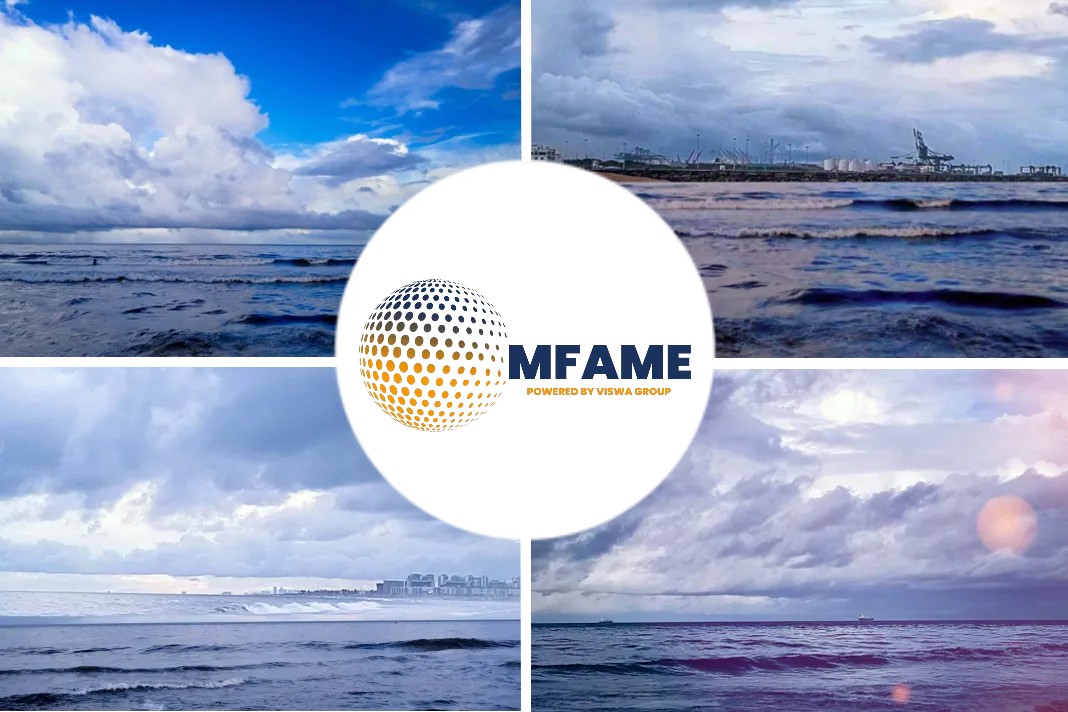 Researchers from Skoltech (Russia) and their colleagues from SINTEF (Norway) have developed a mathematical model of freezing water droplets moving in cold air. This model is a part of a joint RFBR-supported Russian-Norway research project, reports Eureka Alert.
Researchers from Skoltech (Russia) and their colleagues from SINTEF (Norway) have developed a mathematical model of freezing water droplets moving in cold air. This model is a part of a joint RFBR-supported Russian-Norway research project, reports Eureka Alert.
Prediction
The project is focused on predicting ice accretion on ships and other offshore structures operated in Arctic climate, which may interfere with their proper functioning and endanger crew members and cargo. The paper was published in the journal Energies.
Ships travel in cold northern waters under constant bombardment by tiny water droplets populating the chilly air. The droplets are expelled into the air at the impact of sea waves on the ship hull or other surfaces. When they reach the ship’s substructure, these semi-frozen droplets can either bounce off or stick.
The probability of the droplets’ sticking to the wall depends on their freezing state, i.e., completely frozen droplets simply bounce off, while others lead to different scenarios. If too many of them stick, the structure accumulates ice, which can threaten its stability and cause surface erosion. There are models describing this process for aircraft and electrical power lines, but so far, there are no simulation tools that accurately describe ice accretion at sea and not require a lot of computational resources.
Ice accretion
“The ice accretion process consists of a few important stages. First, the droplets are generated from sea wave impact at a variety of sizes and speed. Then, they fly towards the ship in the form of a sea spray cloud, while the distribution of droplet size, location and velocity in the cloud is unknown. Finally, at impact with a surface, droplets contribute to the ice accretion with certain efficiency.
Some droplets do not add up to the ice layer, while others become a part of it. These processes are hardly studied and contain many unknown parameters, which makes numerical simulations difficult. At Skoltech, we develop a few special experimental setups to obtain the unknown parameters in the laboratory and at sea. Our experimental results become a part of a complex model of ice accretion process. We also contribute with models of some subprocesses of the icing”, senior research scientist Svyatoslav Chugunov, a coauthor of the paper, says.
The model
Iskander Akhatov, professor and director of the Skoltech Center for Design, Manufacturing and Materials, professor Dmitry Eskin, MSc graduate Doston Shayunusov and Svyatoslav Chugunov built just such a model of the cooling of a droplet, its partial solidification, and its further interaction with the solid wall surface.
The model consists of two parts: the first part simulates the droplet partial freezing after leaving the core liquid, and the second part simulates the interaction between the droplet and the solid wall. The authors of the paper note that the new model is simple and suitable only for an approximate analysis, but they intend to incorporate it into a more complex 3D simulation tool.
“This work is in the active stage right now. We are assembling an experimental setup to measure distribution of the droplets’ location and size in the sea spray cloud from a ship. We would make additional efforts to measure droplets velocity while running the major experiments. These studies are in our plan of work for 2021,” Dr. Chugunov says.
Simulation test
Once the project is completed, scientists expect to get an open-source numerical code for realistic simulations of wave impact on a ship, to simulate seawater droplets’ propagation in cold air and their deposition onto ship surfaces.
“This numerical tool could be applied to different types of existing and future marine structures to predict ice accretion under variety of climatic conditions. For existing structures, the plan of risk mitigation for ice accretion events could be improved. For prospective developments, the shape and location of ship components may be altered to reduce the effects of ice formation on ship functioning,” Chugunov notes.
Did you subscribe to our daily newsletter?
It’s Free! Click here to Subscribe!
Source: Eureka Alert
























